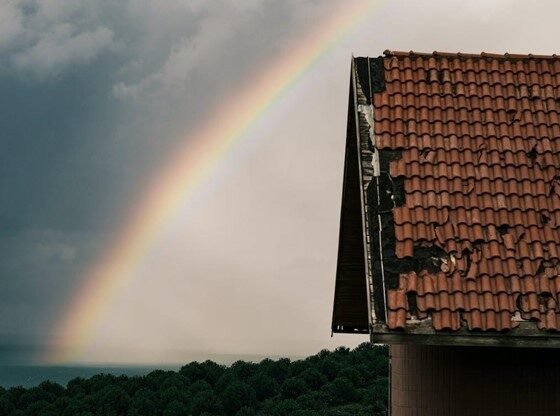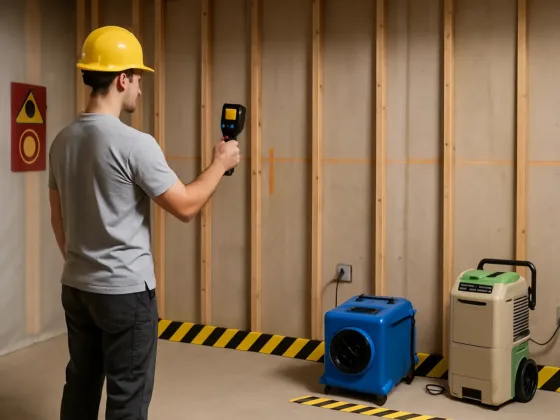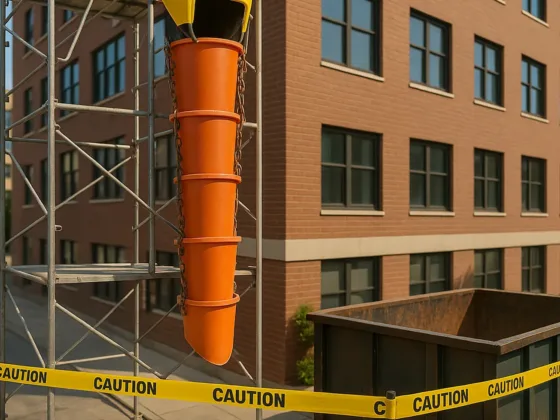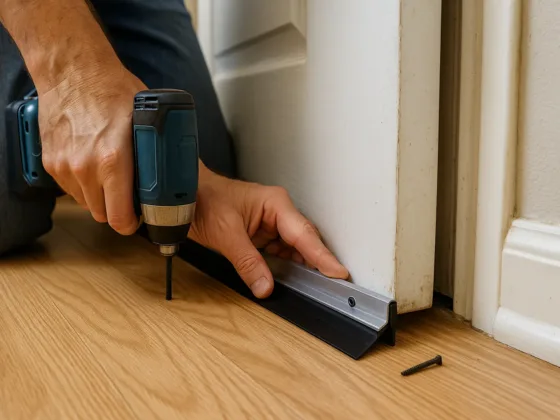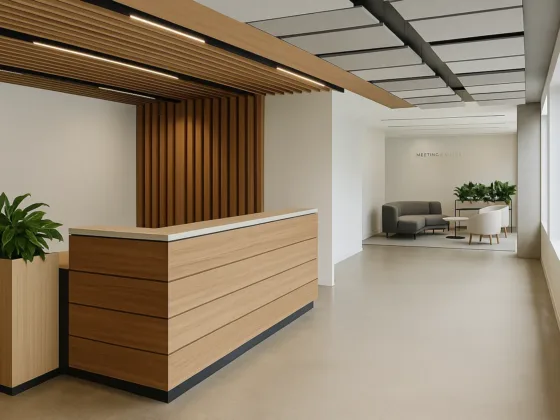Mold spores exist naturally and should not pose any health threats as long as they remain under control. They become problematic only when combined with moisture or organic materials and become active, so what are your options for remediation?
Professional Remediation Methods
Professional restoration companies that specialize in remediation take an integrated approach. Not only do they clean up any visible signs of mold, but they also investigate where and how it originated and spread to ensure all instances have been removed – this helps prevent further growth later on.
In addition, professional mold remediators identify causes as well as implement preventative measures so no new outbreaks happen in the future.
Prior to beginning remediation work, experts will conduct tests to ascertain which type of mold exists. With more than 5 million types of fungi currently existing globally, it’s crucial that experts can quickly identify which mold species are present so they know which cleaning and sanitation methods will work most efficiently.
Once they’ve identified a type of mold, professionals can take several measures to contain its spread: sealing off affected areas with plastic sheeting and using filtration devices and negative air pressure, as well as wearing disposable protective clothing and using vacuums equipped with HEPA filters or even air scrubbers to remove airborne spores from circulation.
Porous building materials like drywall and insulation must often be thrown away because it is impossible or extremely difficult to restore them to their original, uncontaminated state.
Hazardous waste companies will then dispose of them, while remediators apply mold-resistant coatings or encapsulate them on remaining surfaces so as to make them more resistant to water damage, growth, and unpleasant odors.
Re-inspecting the remediated area is the final step of remediation, with professionals checking visual cues, moisture readings, and airborne spore levels to make sure that all molds have been eliminated and to test air quality to make sure that it’s safe to reoccupy.
If spores are detected, mold professionals will utilize biocide, an EPA-approved chemical designed to kill off spores (like some of these), and sterilize spaces.
They then utilize fans and dehumidifiers to dry affected spaces while vacuuming floors or using a wet fogger as necessary to reduce musty smells. Any leaks found will be repaired immediately in order to stop further water damage and growth.
Read Also:
Cleaning
Mold cleanup can be complex. To do it properly, specialized tools, equipment, and cleaning agents must be used.
In general, affected areas must first be vacuumed out before being scrubbed with detergent solution before porous materials such as carpeting are removed and furniture or personal belongings salvaged can then be disinfected using disinfectants to stop their spread throughout the home. Care must be taken not to spread spores throughout your home during this process.
After cleaning and disinfecting are complete, a biocide/fungicide/moldicide solution should be used to stop new growth as well as potential future outbreaks. Any humidity or moisture issues should also be addressed now, for instance, a loose bathroom fan duct that allows water into the attic.
Every business is different. Some professionals may advise family members of an infestation to leave the property during remediation, according to this mold remediation overview which you can read. This is especially important for young children, those with respiratory conditions, or immunocompromised individuals.
Non-porous surfaces can be cleaned using wire brush scrubbing and disinfectant solutions, with any contaminated cleaning tools placed into 6-mil polyethylene bags and tied closed for disposal as this will stop spores from spreading further.
Media blasting using soda or sand is another advanced cleaning method, often more effective than scrubbing as it kills more spores faster. However, this method creates additional waste which requires additional cleanup efforts after each blasting session.
Disposal
Spores float freely through the air, finding their way into homes and buildings through windows, doors, AC/heating systems, or hitching rides on clothing or pets. Once inside they require moisture in order to form colonies that cause extensive damage.
When homeowners discover mildew or mold issues in their homes, it is vital to document them quickly using writing and photographs before notifying their insurance provider as soon as possible. Acting quickly could reduce long-term costs significantly.
Before your mold removal company arrives, it is essential that you prepare a suitable work area (see here for more – https://www.cdc.gov/mold/control_mold.htm).
This involves moving any furniture and personal belongings out of the area where mold removal will be taking place, clearing a pathway from the doorway of your home to where the work will take place, sequestering animals within your property’s borders, putting cars into the garage or driveway spaces and covering HVAC vents with heavy plastic to limit spore spread beyond your work zone.
Once your remediation project has been successfully completed, you should revisit your home to make sure there are no recurring moisture issues.
To do this effectively, inspect for visible growth, staining, or surface damage as well as musty smells to gain peace of mind that the moisture problems have been effectively dealt with and your family’s well-being remains secure.


